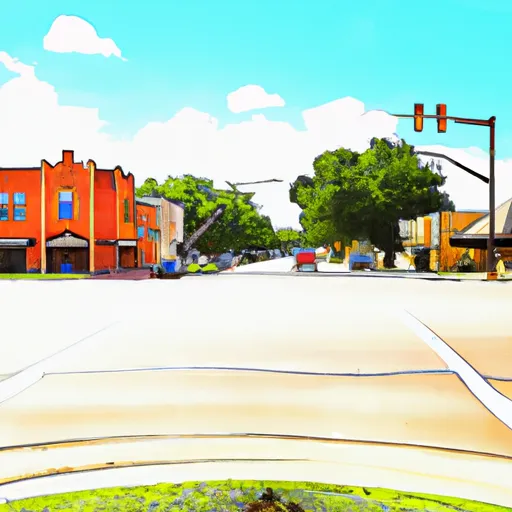°F
°F
mph
Windspeed
%
Humidity











Arthur City is a small community located in Lamar County, Texas. The climate in Arthur City is characterized by hot summers and mild winters, with an average annual temperature of 63°F. The area receives an average of 42 inches of rainfall per year, and the hydrology constituents include the North Sulphur River and other streams and creeks. Outdoor recreation opportunities in Arthur City include fishing, hunting, and hiking. The nearby Pat Mayse Lake offers fishing for bass, crappie, and catfish, and the area is known for its prime hunting opportunities for game such as deer and wild turkey. Hiking trails are abundant throughout the area, providing opportunities for nature enthusiasts to explore the scenic beauty of Arthur City.
Weather Forecast
Arthur-City receives approximately 1192mm of rain per year, with humidity levels near 84% and air temperatures averaging around 18°C. Arthur-City has a plant hardyness factor of 8, meaning plants and agriculture in this region tend to thrive here all year round.
Regional Streamflow Levels
227
Cubic Feet Per Second
2
Cubic Feet Per Second
69
Cubic Feet Per Second
1,910
Cubic Feet Per Second
Nearby Camping
| Camping Area | Reservations | Toilets | Showers |
|---|---|---|---|
| Hugo Lake - Kiamichi State Park | |||
| Lake Quitman Park | |||
| Pat Mayse East - Pat Mayse Lake | |||
| Kiamichi Park - Hugo Lake | |||
| Pat Mayse West - Pat Mayse Lake | |||
| Lamar Point - Pat Mayse Lake |



